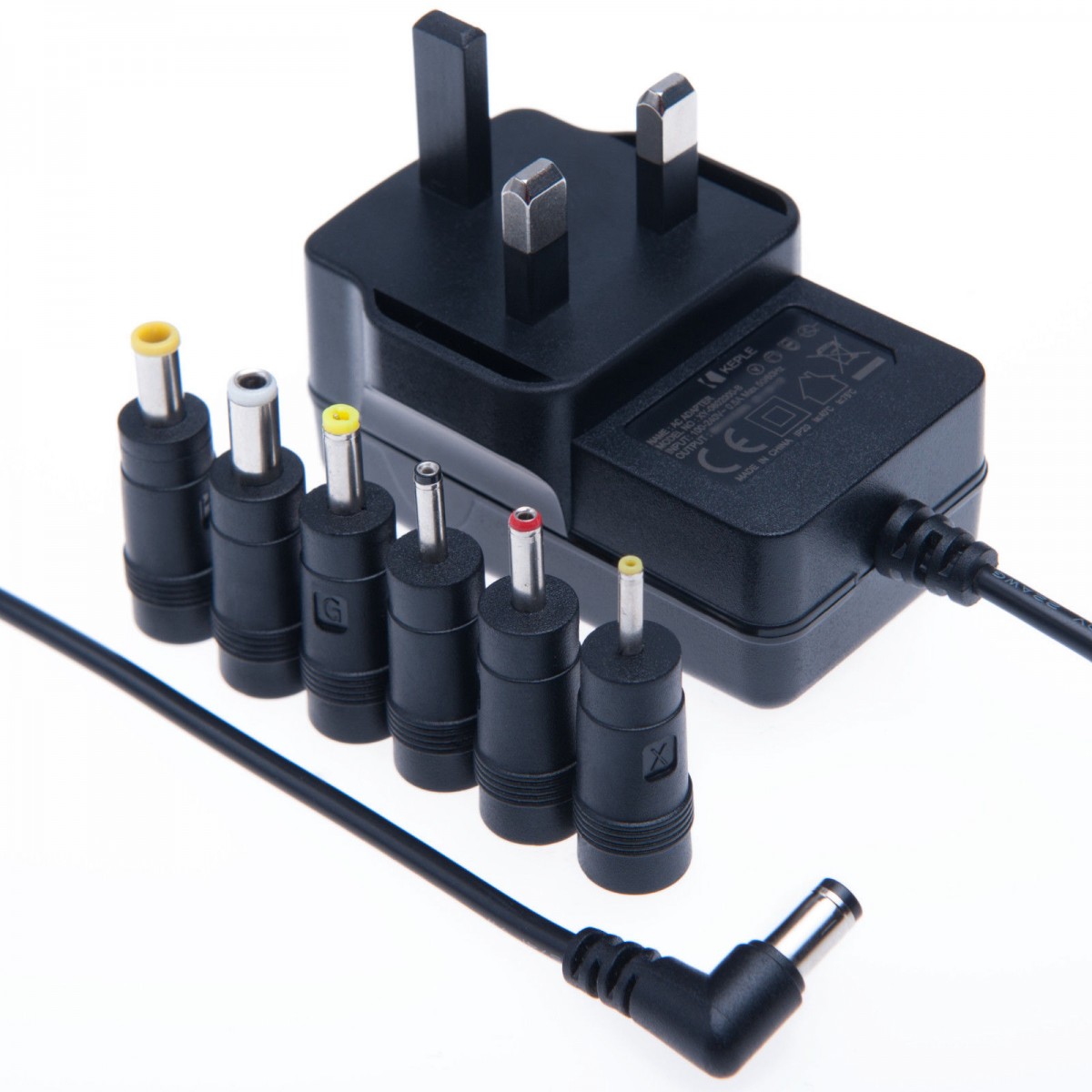

Articles
What Is A Power Adapter Used For
Modified: December 7, 2023
Discover the importance of power adapter in our informative articles. Learn how a power adapter is used in various devices and why it is essential for proper functioning.
(Many of the links in this article redirect to a specific reviewed product. Your purchase of these products through affiliate links helps to generate commission for Storables.com, at no extra cost. Learn more)
Introduction
A power adapter is a vital component in our daily lives, although we may not always give it much thought. It is a device that allows us to connect and power various electronic devices, ensuring they receive the correct voltage and current. From charging our smartphones to operating our laptops, power adapters play a crucial role in keeping our devices powered and functioning.
In this article, we will explore the purpose and importance of power adapters, understand how they work, and discuss the various types available in the market. We will also delve into the key considerations to keep in mind when selecting the right power adapter for your specific needs. So, let’s dive in and unravel the world of power adapters.
Key Takeaways:
- Power adapters are essential for converting AC to DC power, providing the correct voltage and current to electronic devices, ensuring their safe and efficient operation, and enabling us to use our devices conveniently.
- When choosing a power adapter, consider factors such as voltage requirements, current output, connector types, and safety features to ensure compatibility, safe usage, and efficient power delivery to electronic devices.
Read more: What Is Micro Sd Adapter Used For
Definition of a Power Adapter
A power adapter, also commonly known as a wall adapter or AC adapter, is a device that converts the alternating current (AC) from a wall socket into a direct current (DC) that is suitable for powering electronic devices. It acts as a bridge between the power source and the device, ensuring that the correct voltage and current are delivered to the device.
Power adapters typically consist of two main components – a power supply and a connector. The power supply component converts the AC power from the wall socket into the appropriate DC power required by the device. The connector, on the other hand, is designed to connect the power adapter to the device and deliver the converted power.
Power adapters come in various shapes and sizes, depending on their intended use. They can be found in a range of voltages, currents, and connectors to cater to the different power requirements of various devices. Some power adapters are designed to be portable, allowing you to charge your devices on the go, while others are more bulky and are meant to be used with stationary devices.
Overall, the primary function of a power adapter is to ensure that the electronic device receives the correct amount of power it needs to operate efficiently and safely. Without a power adapter, many of our devices would not be able to function as they rely on specific voltage and current levels.
Purpose of a Power Adapter
The purpose of a power adapter is to provide the necessary electrical power to electronic devices that cannot directly connect to a power source or require a different voltage or current than what is provided by the wall socket. Power adapters bridge the gap between the power source and the device, ensuring compatibility and safe operation.
One of the main purposes of a power adapter is to convert the alternating current (AC) from the wall socket into direct current (DC) that is required by most electronic devices. AC power is the standard type of power supplied by electrical grids, while DC power is used by many electronic devices such as smartphones, laptops, and gaming consoles. Power adapters transform the AC voltage and current into the precise DC voltage and current required by the device, enabling it to function properly.
Power adapters also serve the purpose of providing the correct voltage and current to electronic devices. Different devices have different power requirements, and using a power adapter ensures that the device receives the appropriate power it needs for optimal performance and longevity. Without a power adapter, connecting a device directly to a power source with different voltage or current levels can damage the device or even pose a safety risk.
Furthermore, power adapters offer convenience and flexibility by allowing us to use electronic devices in different locations. As power outlets may differ across countries and regions, power adapters facilitate the use of devices by converting the power to meet the local standards. This feature is especially useful for travelers who need to charge their devices or use them while abroad.
In summary, the purpose of a power adapter is to provide the necessary electrical power and transform it to meet the specific requirements of electronic devices. By ensuring compatibility and safe operation, power adapters play a crucial role in enabling us to use our devices efficiently and conveniently.
Understanding Voltage and Compatibility
When it comes to power adapters, it is essential to understand the concept of voltage and its role in device compatibility. Voltage refers to the electrical potential difference between two points in a circuit and is measured in volts (V). Different countries and regions use varying voltages for their electrical power supply, which means that power adapters need to be compatible with these voltage differences.
Before purchasing a power adapter, it is crucial to check the voltage requirements of your electronic device. Most devices usually display their required voltage either on the device itself or in the user manual. Common voltage values include 110-120V, 220-240V, and sometimes a range like 100-240V, which indicates that the device can operate at multiple voltage levels.
When traveling to a different country or region with different voltages, you will need a power adapter that can handle the voltage conversion. Some power adapters are designed with built-in voltage converters, allowing them to accommodate different voltages automatically. These adapters are often referred to as “universal” or “dual voltage” adapters.
In addition to voltage, it is also crucial to consider the compatibility of the power adapter in terms of the connector type and current output. Different devices may require specific connector types, such as USB, micro USB, or proprietary connectors. Ensure that the power adapter you choose has the appropriate connector to fit your device.
Current output, measured in amperes (A) or milliamperes (mA), is another important factor to consider. The current output of a power adapter should meet or exceed the current requirements of the device. If the current output is lower than what the device requires, it may not charge properly or may charge very slowly.
It is worth noting that some devices, such as laptops, may have higher power requirements than others. These devices often require power adapters with higher wattages to accommodate their needs. When selecting a power adapter for such devices, it is essential to consider the wattage rating of the adapter and ensure it is suitable for your device.
In summary, understanding voltage and compatibility is crucial when selecting a power adapter. Checking the voltage requirements of your device, ensuring the proper connector type, and considering the current output and wattage rating will help you find a compatible power adapter that meets your device’s needs and ensures safe and efficient operation.
Types of Power Adapters
Power adapters come in various types, each designed for specific purposes and devices. Understanding the different types of power adapters will help you choose the right one for your electronic devices. Let’s explore some of the most common types:
- AC/DC Power Adapters: These are the most common type of power adapters used for converting AC power from a wall socket to DC power for electronic devices. They typically have a plug that connects to the wall outlet and a DC output connector that connects to the device. AC/DC power adapters are widely used for charging laptops, smartphones, tablets, and other portable devices.
- USB Power Adapters: USB power adapters are specifically designed to provide power to devices that can be charged via a USB port. These adapters typically have a USB output connector that allows you to connect your device directly or using a USB cable. USB power adapters are commonly used for charging smartphones, tablets, Bluetooth speakers, and other USB-powered devices.
- Laptop Power Adapters: Laptop power adapters are specifically designed for charging and powering laptops. They often come with an AC/DC power adapter and a detachable connector that fits into the laptop’s power port. Laptop power adapters can have different voltage, current, and power ratings, so it is essential to select an adapter that matches the requirements of your laptop.
- Travel Adapters: Travel adapters are designed for use in different countries and regions that have different plug and voltage standards. These adapters often have interchangeable plugs that allow you to connect to various types of wall outlets. They may also have built-in voltage converters to accommodate different voltage requirements. Travel adapters are ideal for frequent travelers who need to charge their devices in different locations.
- Wireless Charging Pads: Wireless charging pads use electromagnetic fields to transfer power from the pad to the device without the need for cables. These pads are commonly used for charging smartphones, smartwatches, and other compatible devices. Some wireless charging pads also incorporate USB ports, allowing you to charge multiple devices simultaneously.
It is important to note that these are just a few examples of power adapter types. There are many other specialized adapters available for specific devices or industries. When choosing a power adapter, consider the specific requirements of your device and select the appropriate type that provides the necessary power and functionality.
Before purchasing a power adapter, ensure that it is compatible with your device, considering factors such as voltage, current, connector type, and power output. This will ensure safe and efficient power delivery to your electronic devices, extending their lifespan and enhancing their performance.
A power adapter is used to convert the electrical current from one type to another, allowing electronic devices to be used in different countries or with different power sources. Always check the voltage and plug type compatibility before using a power adapter.
Read more: Where To Buy Travel Power Adapter
Common Uses of Power Adapters
Power adapters are essential devices that enable us to power and charge a wide range of electronic devices. Let’s explore some of the common uses of power adapters:
- Charging Smartphones and Tablets: One of the most common uses of power adapters is for charging smartphones, tablets, and other portable devices. Power adapters with USB outputs are often used to connect these devices directly or via a USB cable for convenient and fast charging.
- Powering Laptops: Power adapters designed specifically for laptops are used to power these portable computers. Laptops often require higher power levels than other devices, so laptop power adapters are designed with higher wattages to meet their power demands.
- Operating Gaming Consoles: Gaming consoles such as Xbox and PlayStation require power adapters to operate. These adapters provide the necessary power to the consoles, ensuring smooth gameplay and performance.
- Charging Cameras and Camcorders: Power adapters are commonly used to charge digital cameras and camcorders. They allow users to connect the devices directly to an electrical outlet for convenient and efficient charging.
- Powering LED Lights: LED lights, including light strips, bulbs, and decorative lighting, often require power adapters to operate. These adapters convert the AC power from the wall socket to the appropriate DC power required by the LED lights.
- Running Portable Audio Devices: Power adapters are used to power and charge portable audio devices like Bluetooth speakers, MP3 players, and portable radios. These adapters provide the necessary power for uninterrupted music playback.
- Charging Wearable Devices: Wearable devices such as smartwatches, fitness trackers, and wireless headphones rely on power adapters for charging. USB power adapters or specialized charging docks are commonly used for these devices.
- Powering Networking Equipment: Networking devices such as routers, switches, and modems require power adapters to function. These adapters provide the required power to keep the network equipment operational.
- Running Home Appliances: Some power adapters are designed to power small home appliances, such as electric fans, portable heaters, and kitchen appliances. These adapters allow the appliances to be connected to a power source safely.
These are just a few examples of the many common uses of power adapters. Virtually any electronic device that requires power or charging may require the use of a power adapter. The versatility and wide range of applications make power adapters a crucial part of our daily lives, enabling us to use and enjoy our electronic devices with ease.
How to Choose the Right Power Adapter
Choosing the right power adapter for your electronic device is crucial to ensure the safe and efficient operation of the device. Here are some key factors to consider when selecting the right power adapter:
- Check Voltage Requirements: Start by checking the voltage requirements of your device. Make sure that the power adapter can handle the voltage needed by your device. Using a power adapter with the wrong voltage can damage your device or pose a safety risk.
- Consider Current Output: Check the current output of the power adapter and ensure that it is sufficient to meet the requirements of your device. Insufficient current output can result in slow charging or may not charge the device at all.
- Verify Connector Type: Ensure that the power adapter has the correct connector type to fit your device. Different devices may require different connector types, such as USB, barrel connectors, or proprietary connectors. Verify that the adapter has the appropriate connector to ensure a secure and reliable connection.
- Check Wattage Rating: If you are purchasing a power adapter for a high-power device like a laptop, consider the wattage rating of the adapter. It should be sufficient to meet the power demands of the device. Using an underpowered adapter may not provide enough power, while an overpowered adapter can cause damage.
- Consider Portability: If you need a power adapter for travel or on-the-go use, consider its portability. Look for compact and lightweight options that are easy to carry. Additionally, some power adapters have interchangeable plugs, making them suitable for use in different countries and regions.
- Look for Safety Features: Safety should always be a top priority when choosing a power adapter. Look for features such as overload protection, short circuit protection, and over-temperature protection. These features help safeguard your device from potential electrical hazards.
- Read Reviews and Check Compatibility: Before purchasing a power adapter, read reviews from other users to gather feedback on its performance and reliability. Additionally, double-check the compatibility of the adapter with your specific device model to ensure a seamless fit.
- Consider Brand Reputation: Opt for power adapters from reputable brands known for their quality and reliability. Well-established brands often offer better customer support and warranty coverage for their products.
By considering these factors, you can select a power adapter that meets the requirements of your device and ensures safe and efficient power delivery. Remember, choosing the right power adapter is crucial for the proper functioning and longevity of your electronic devices.
Safety Considerations for Power Adapters
When using power adapters, it is essential to prioritize safety to prevent potential hazards and ensure the proper functioning of your devices. Here are some important safety considerations to keep in mind:
- Choose Certified Adapters: Opt for power adapters that are certified by reputable organizations, such as UL (Underwriters Laboratories) or CE (Conformité Européene). These certifications indicate that the adapter has undergone rigorous testing and meets the necessary safety standards.
- Inspect the Adapter: Before use, carefully inspect the power adapter for any signs of damage, including frayed cables, loose connectors, or cracked casings. Using a damaged adapter can pose a safety risk, so it is important to replace it if any issues are found.
- Avoid Overloading: Do not overload power adapters or power strips by plugging in too many devices simultaneously. Overloading can lead to overheating, which may result in a fire hazard. Adhere to the manufacturer’s guidelines regarding the maximum number of devices that can be connected to the adapter.
- Ensure Proper Ventilation: Avoid obstructing the airflow around the power adapter. Adequate ventilation helps dissipate heat generated during operation. Blocking the airflow can cause the adapter to overheat, potentially leading to a malfunction or fire.
- Use Correct Voltage: Always ensure that the voltage supplied by the power adapter matches the voltage requirements of your device. Using an adapter with the wrong voltage can damage your device or even pose a safety risk. Check both the adapter’s output voltage and the device’s input voltage to ensure compatibility.
- Avoid Water Exposure: Keep power adapters and their connected devices away from water, moisture, and other liquids. Water can conduct electricity and may lead to electrical shorts or shocks, as well as damage the adapter and the device.
- Follow Proper Storage Practices: When the power adapter is not in use, store it in a cool and dry location. Avoid exposing it to extreme temperatures, direct sunlight, or excessive humidity. Storing the adapter correctly helps maintain its functionality and prolong its lifespan.
- Unplug When Not in Use: When not actively charging or powering a device, unplug the power adapter from the wall outlet. This not only conserves energy but also reduces the risk of accidents due to power surges or electrical faults.
- Keep Away from Flammable Materials: Ensure that power adapters and their cables are kept away from flammable materials such as curtains, carpets, or paper. This helps prevent accidental fires that can result from overheating or electrical malfunctions.
- Children and Pets: Keep power adapters out of reach of children and pets. Avoid placing them in locations where they can be easily tampered with or chewed on, as this can lead to electric shock or other accidents.
Remember, safety should always be a top priority when using power adapters. By following these safety considerations, you can minimize the risk of electrical hazards, protect your devices, and ensure a safe and worry-free experience with your power adapters.
Conclusion
Power adapters are essential devices that enable us to power and charge our electronic devices safely and efficiently. Whether it’s charging our smartphones, laptops, gaming consoles, or operating our cameras and networking equipment, power adapters play a crucial role in our daily lives.
In this article, we have explored the definition and purpose of power adapters, understanding their importance in converting AC to DC power and delivering the correct voltage and current to our devices. We have also discussed the various types of power adapters available, including AC/DC adapters, USB adapters, laptop adapters, and travel adapters.
When choosing the right power adapter, it is important to consider factors such as voltage requirements, current output, connector types, and safety features. By selecting a compatible and certified adapter, inspecting it for any damages, and following proper usage guidelines, we can ensure the safe and efficient operation of our electronic devices.
Lastly, we discussed important safety considerations, including avoiding overloading, maintaining proper ventilation, and storing adapters correctly. By adhering to these safety guidelines and keeping power adapters away from water, flammable materials, and the reach of children and pets, we can minimize the risk of accidents and electrical hazards.
In conclusion, power adapters are indispensable companions for our electronic devices, providing the necessary power and ensuring their smooth operation. By understanding the functionality, selecting the right adapter, and prioritizing safety, we can make the most of our devices while keeping ourselves and our devices protected.
Frequently Asked Questions about What Is A Power Adapter Used For
Was this page helpful?
At Storables.com, we guarantee accurate and reliable information. Our content, validated by Expert Board Contributors, is crafted following stringent Editorial Policies. We're committed to providing you with well-researched, expert-backed insights for all your informational needs.
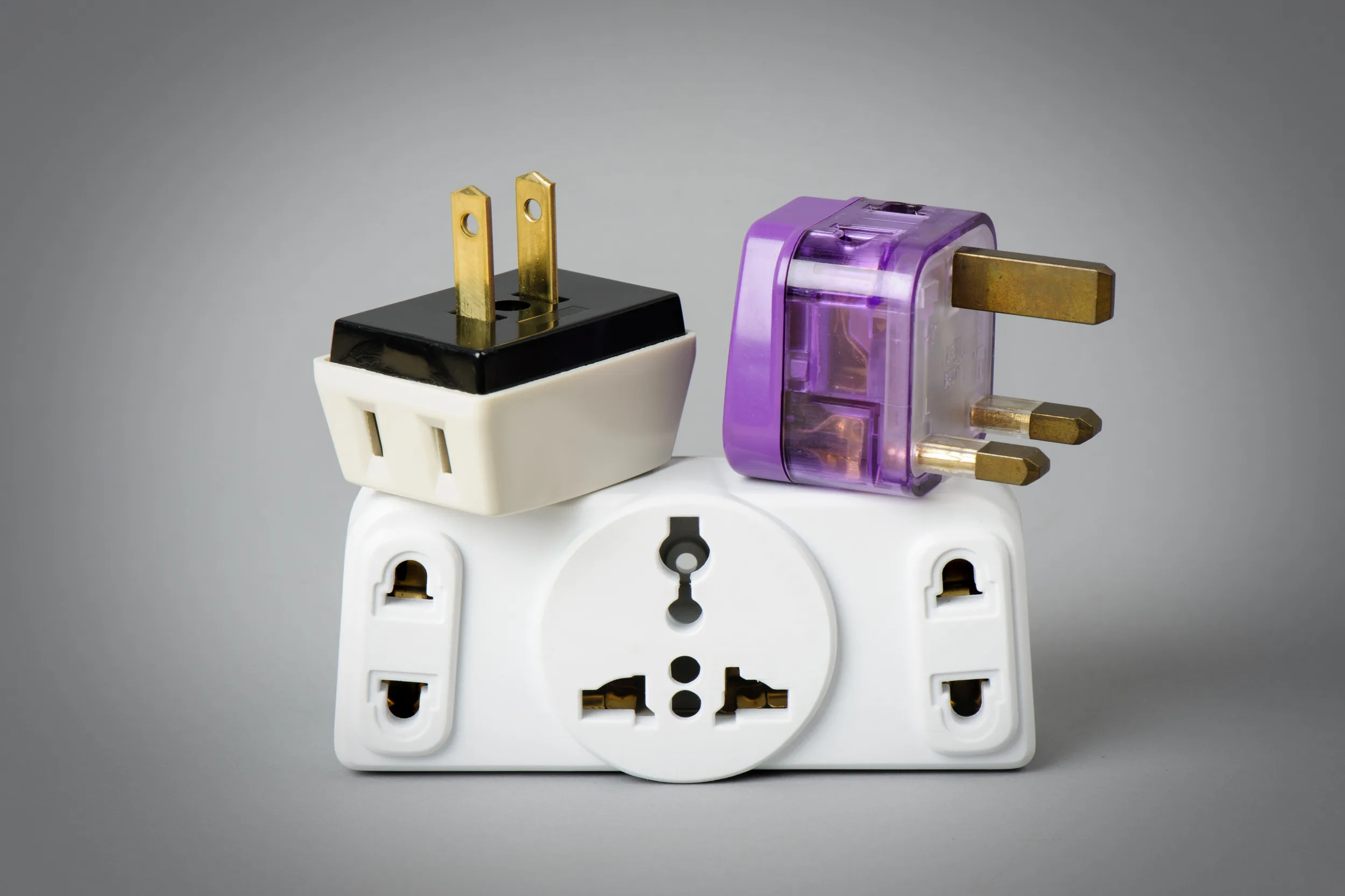
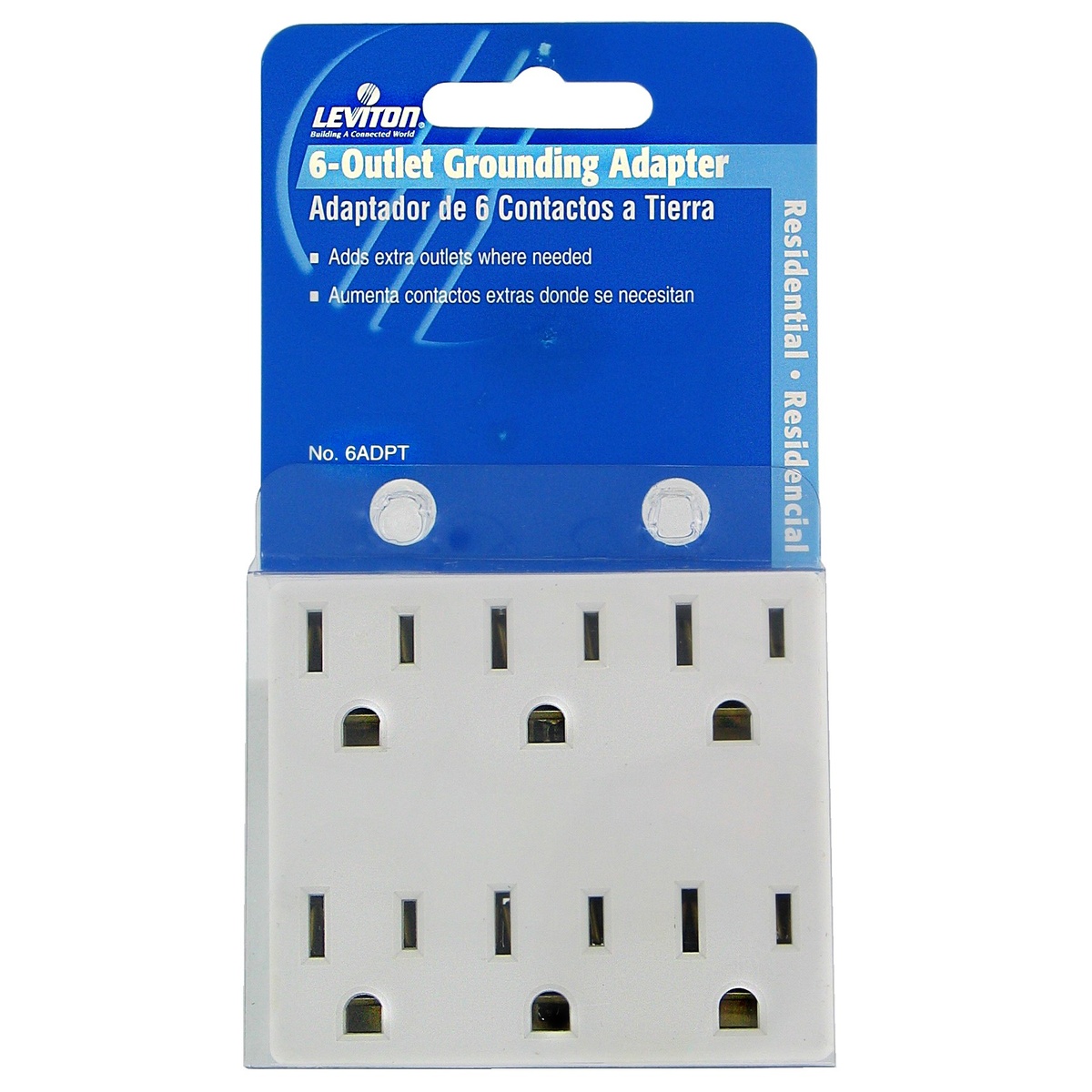

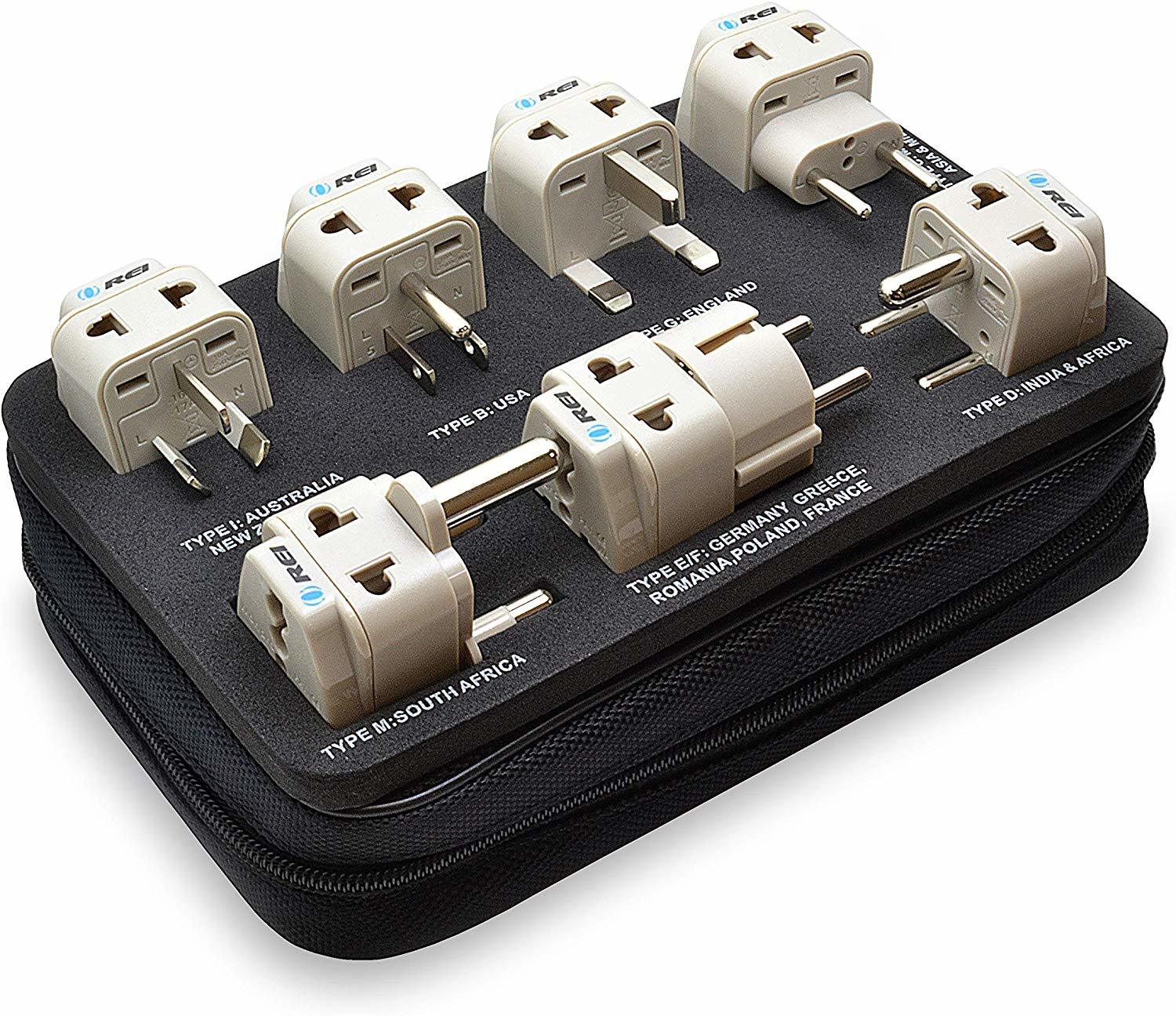



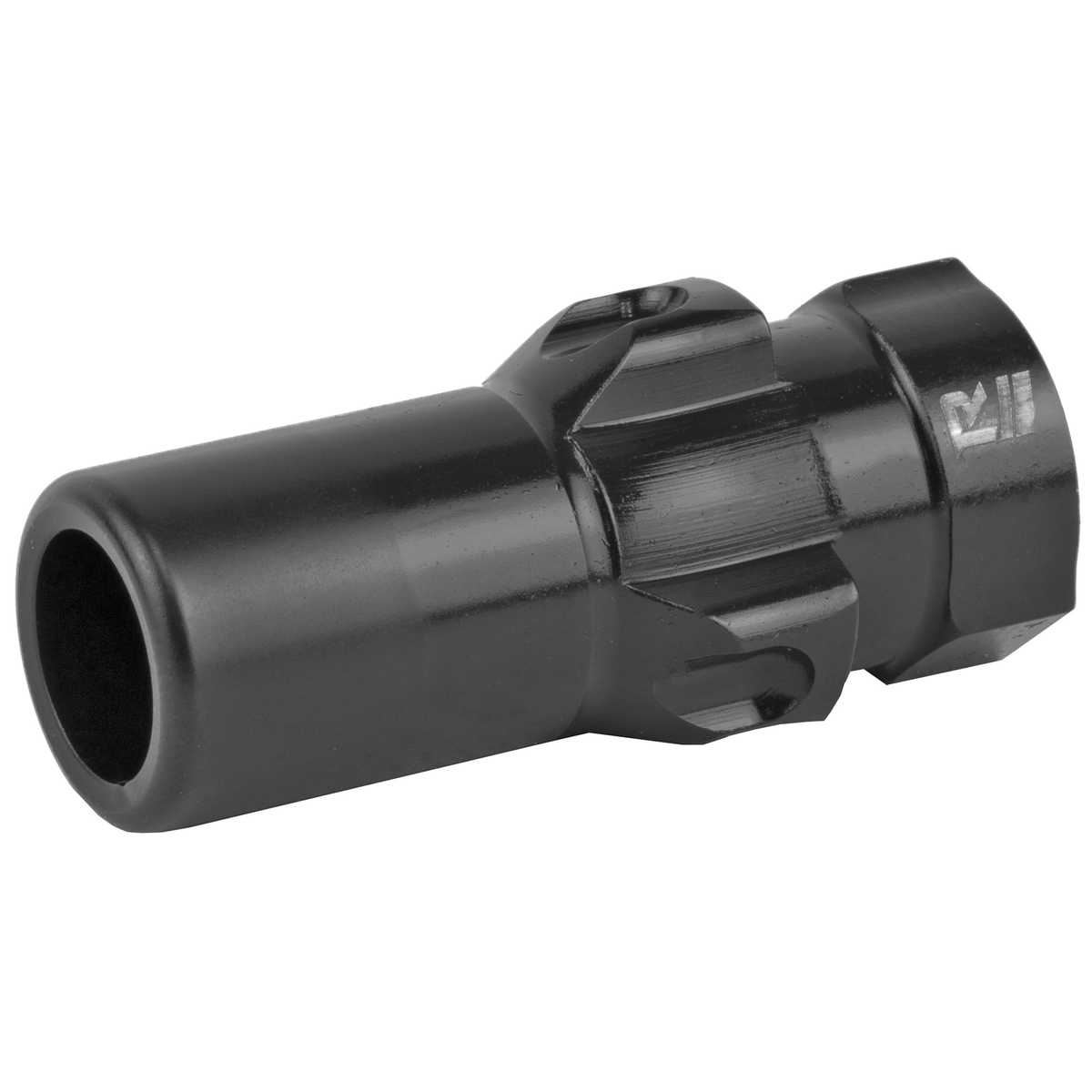
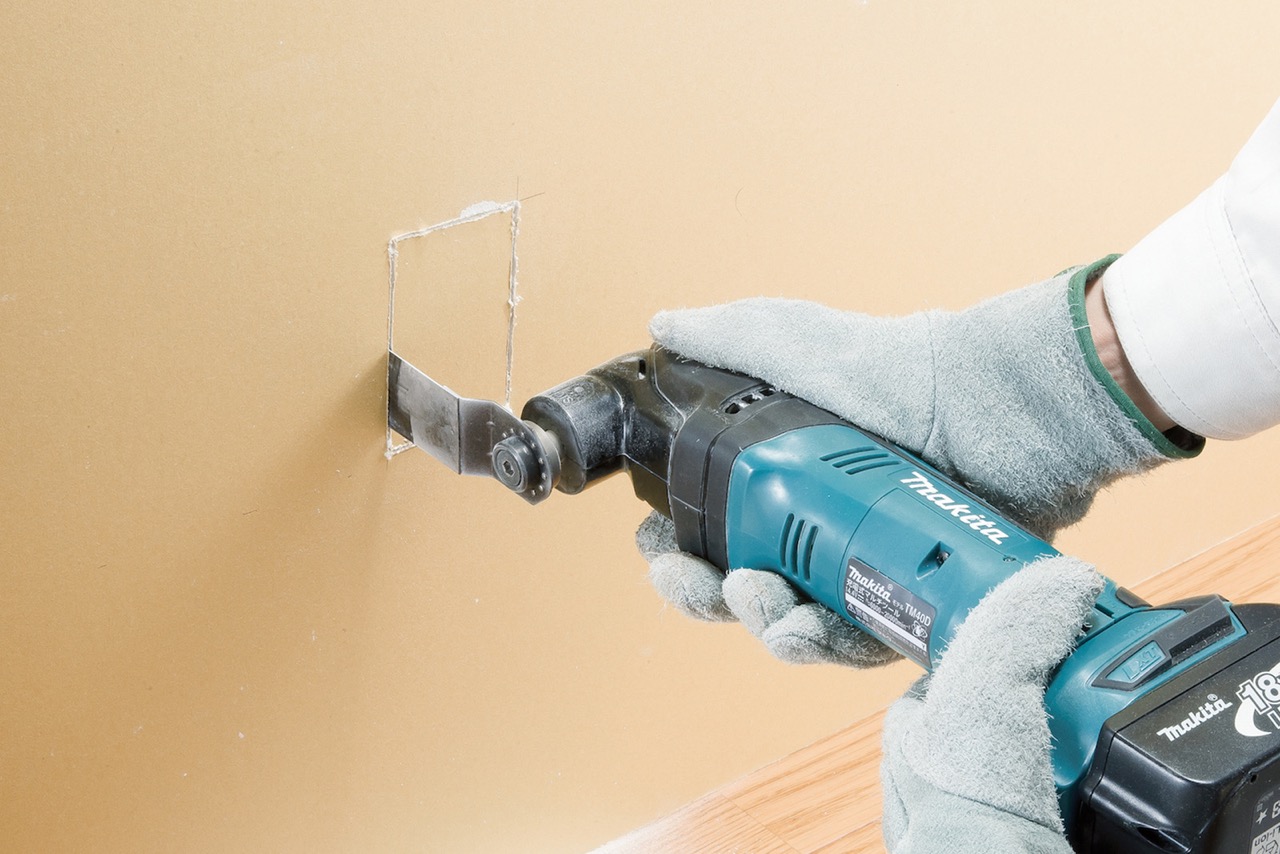
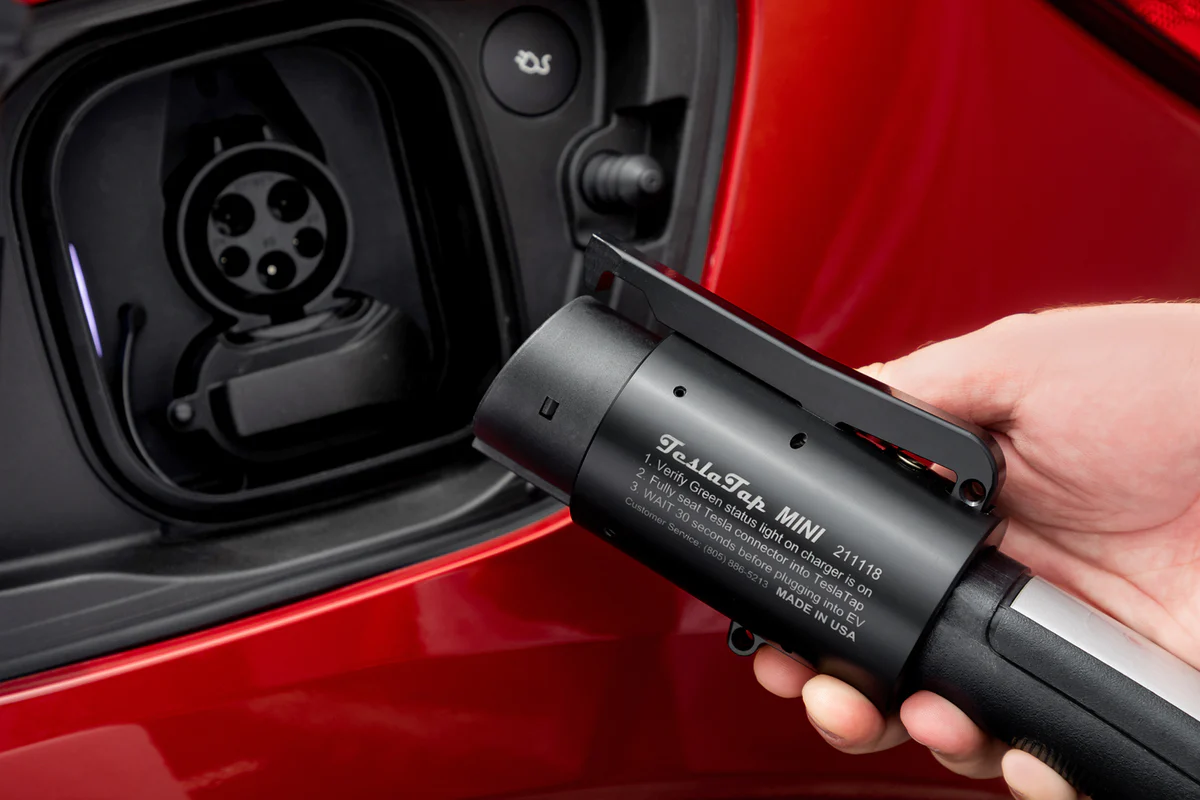
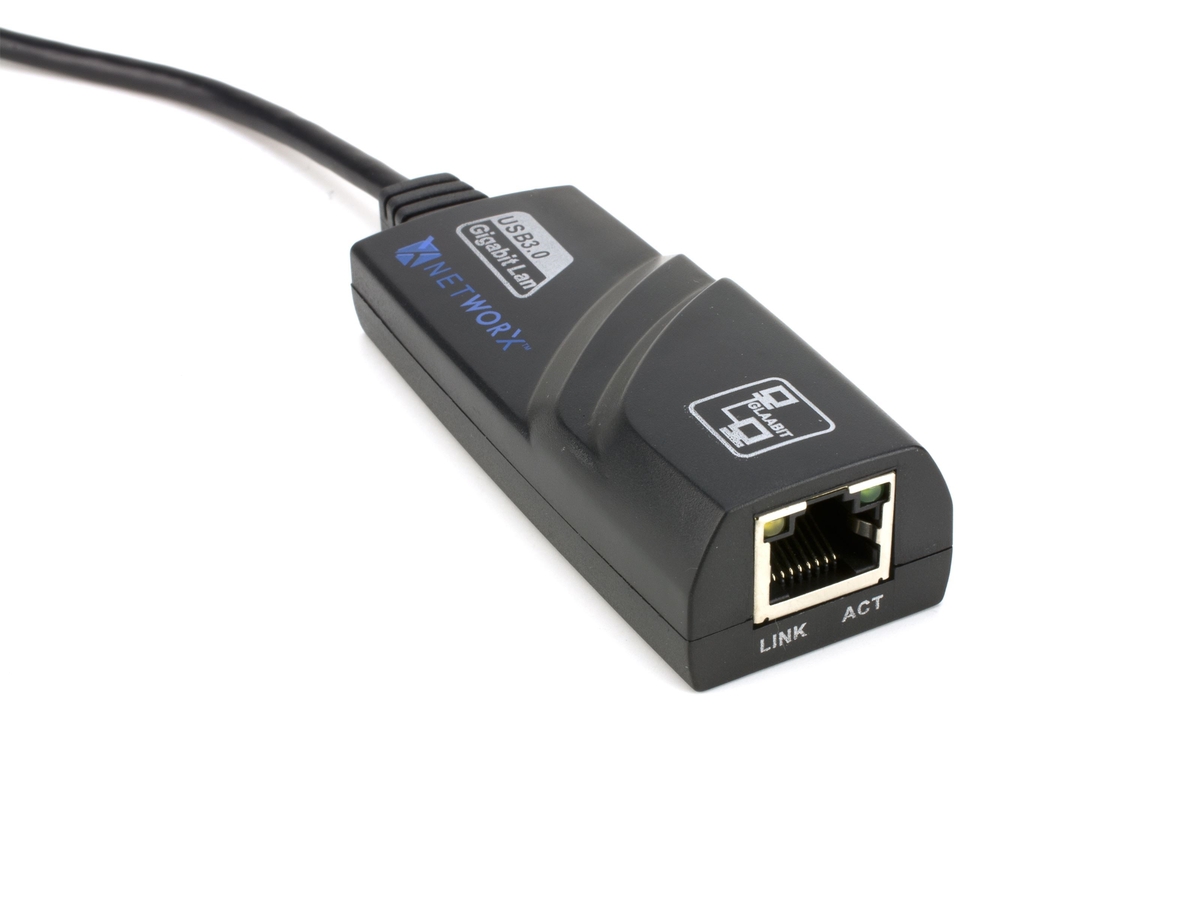
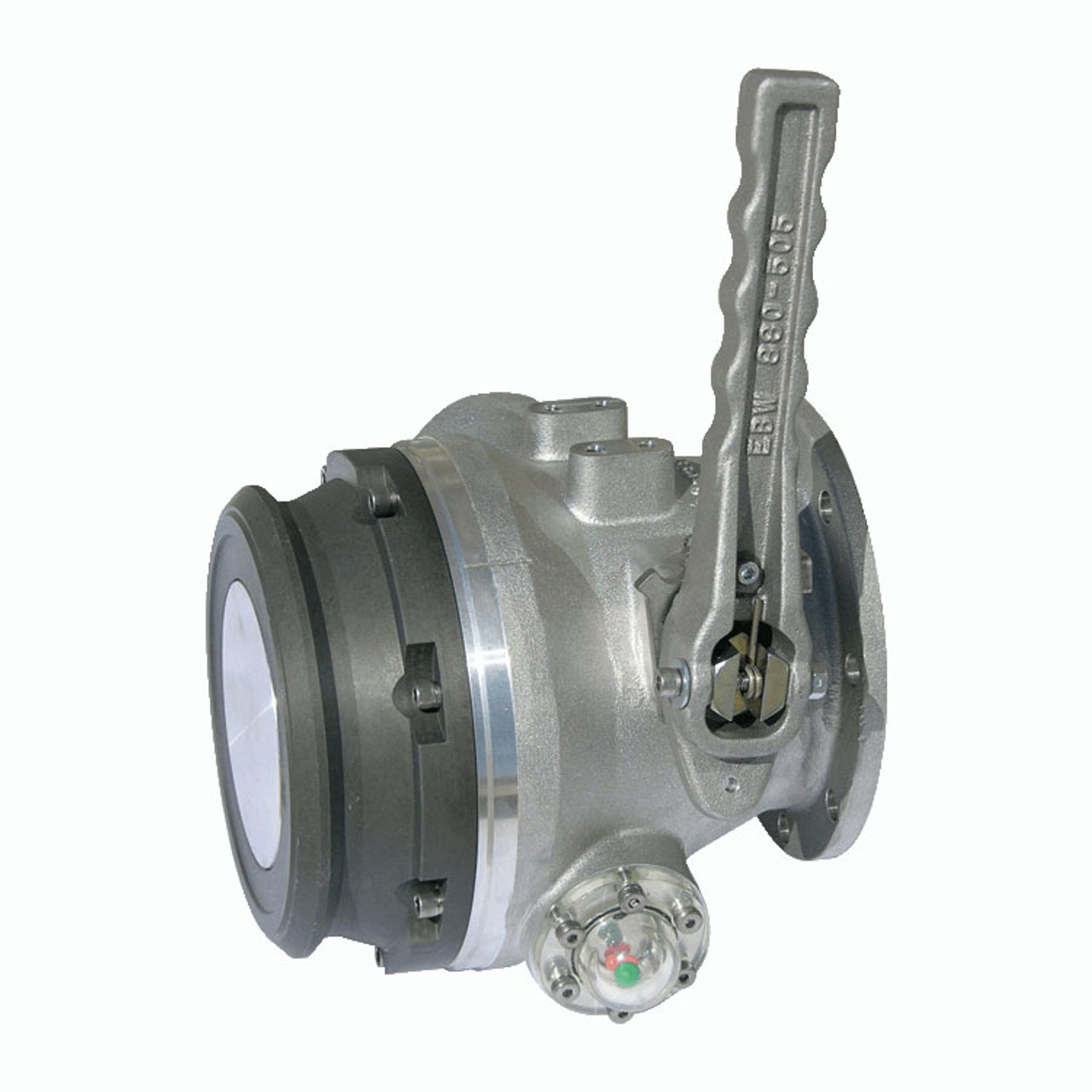
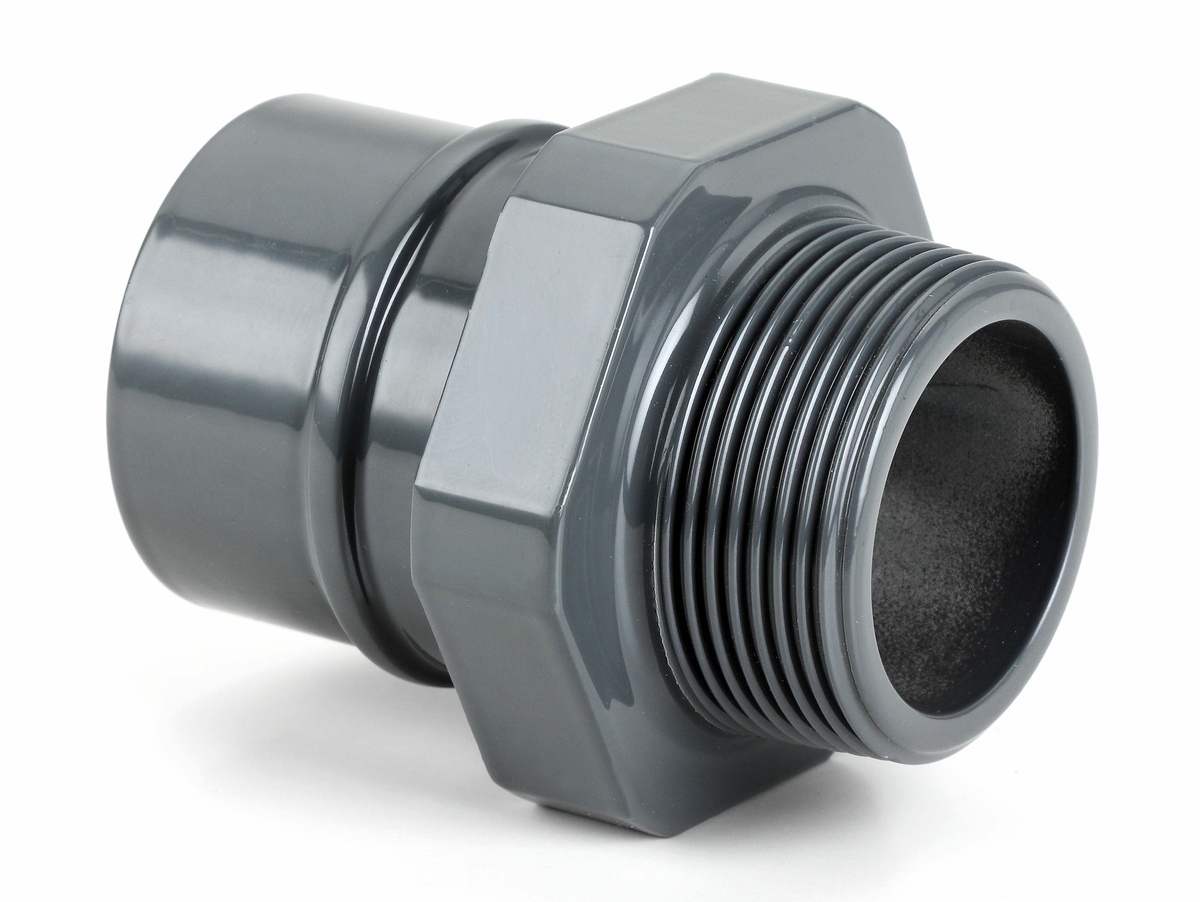
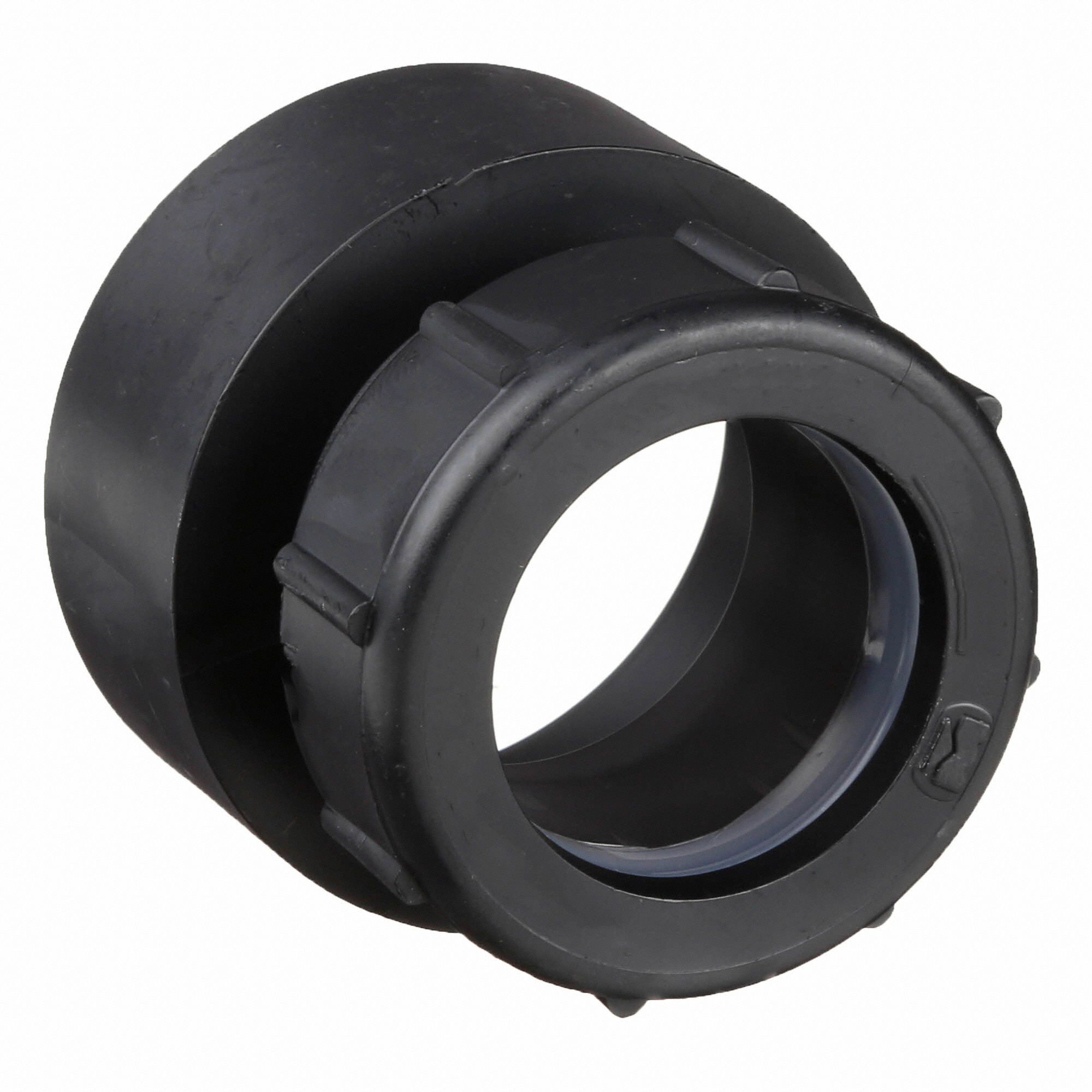

0 thoughts on “What Is A Power Adapter Used For”